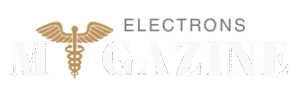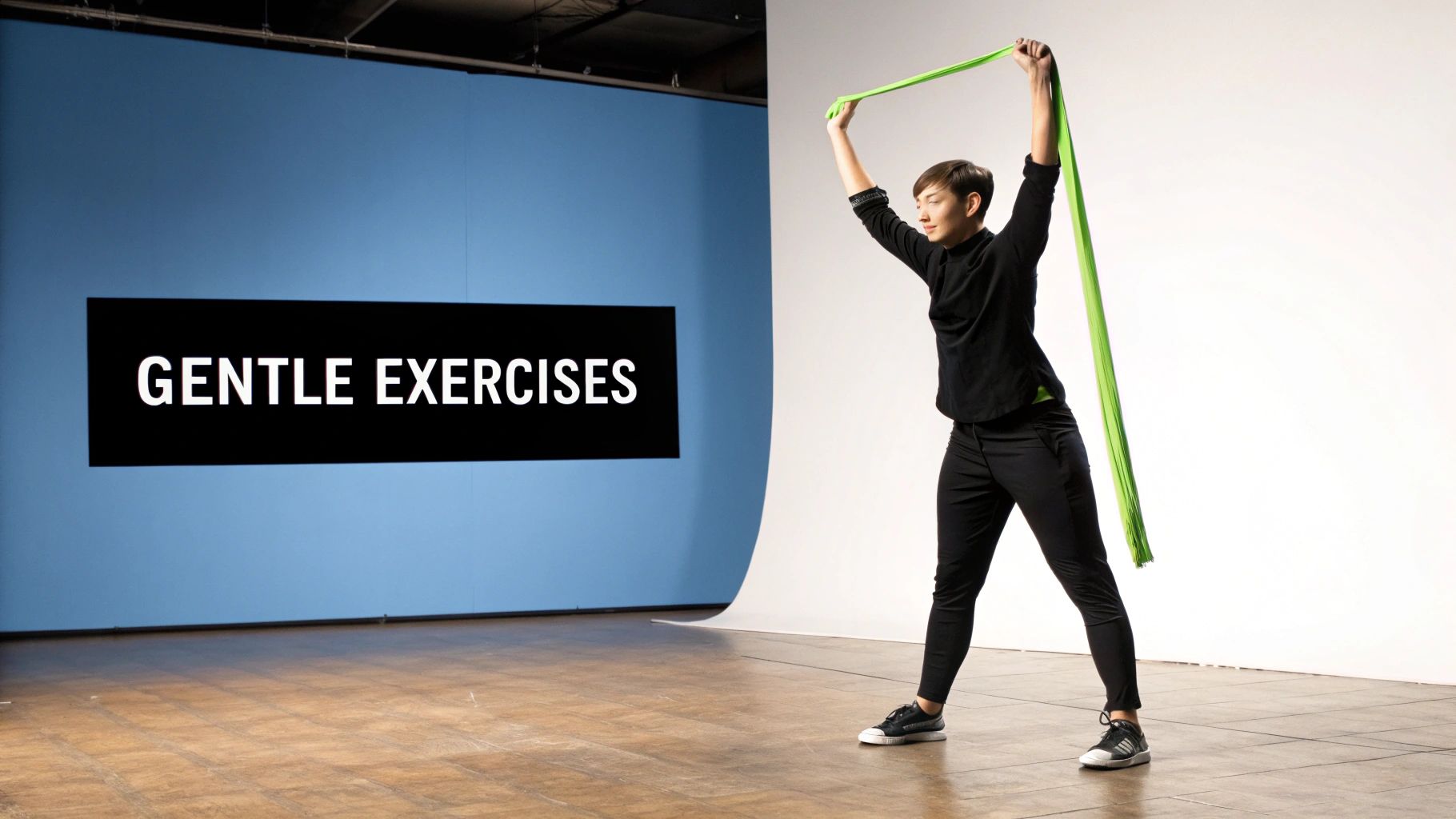Rotator cuff tears affect millions of people annually, disrupting daily activities and limiting shoulder function. The rehabilitation process following these injuries requires a structured approach that progresses through distinct phases of recovery. Here is more information on rehabilitation strategies that an orthopedic surgeon might recommend for rotator cuff tear recovery:
Managing Pain and Inflammation
An orthopedic surgeon can guide you through the recovery process. The first phase of rotator cuff rehabilitation focuses on controlling pain and reducing inflammation while protecting the healing tissues. This phase typically lasts two to six weeks, depending on the severity of the tear and whether surgical intervention was necessary.
During this period, rest and immobilization play key roles in allowing damaged tissues to begin healing. Patients often wear a sling or shoulder immobilizer to limit movement and prevent further injury. Ice application for 15-20 minutes several times daily helps reduce swelling and provides pain relief.
Gentle range-of-motion exercises begin during this phase, but movement remains passive or assisted. A physical therapist or family member moves the arm through gentle motions while the patient relaxes their muscles. These exercises prevent stiffness from developing in the shoulder joint while avoiding stress on the healing rotator cuff tendons.
Building Muscle Function
Once pain and inflammation decrease, rehabilitation progresses to active range-of-motion exercises and gradual strengthening. This phase typically begins four to eight weeks after injury and continues for several months. Active range-of-motion exercises allow patients to move their arms using their own muscle power, though therapists may still provide some assistance. These movements gradually increase in range and complexity as healing progresses. Pendulum exercises, wall slides, and gentle reaching movements help restore normal shoulder mechanics.
Strengthening exercises begin with isometric contractions, where muscles contract without joint movement. Patients press against immovable objects or hold positions without moving their arms. These exercises activate muscle fibers while minimizing stress on healing tissues. Exercise intensity and resistance increase gradually based on patient tolerance and healing progress. Physical therapists monitor movement quality and adjust programs to prevent re-injury while promoting optimal recovery.
Returning to Activities
The final rehabilitation phase focuses on returning to normal activities and preventing future injuries. Advanced strengthening exercises challenge the rotator cuff and surrounding muscles through complex movement patterns. Plyometric exercises may be introduced for athletes, involving controlled explosive movements that prepare the shoulder for dynamic activities.
Proprioceptive training helps restore the shoulder’s position sense and reflexive muscle activation patterns. Balance exercises, unstable surface training, and reaction drills retrain the neuromuscular system to respond appropriately to unexpected forces or positions. Sport-specific or activity-specific training begins once basic strength and mobility return. Throwing motions, overhead reaching, lifting techniques, or other relevant movement patterns receive focused attention. This training prepares individuals for a safe return to their desired activities while minimizing re-injury risk.
Find an Orthopedic Surgeon
Rotator cuff rehabilitation requires patience and consistent effort across multiple phases of recovery. Each phase builds upon the previous one, creating a foundation for a successful return to normal activities. The progression from pain control through strengthening to functional recovery typically takes several months but leads to optimal outcomes when followed systematically. Working with qualified healthcare professionals throughout the rehabilitation process provides the guidance and expertise needed for safe and effective recovery from rotator cuff tears.


